From pv magazine International
The latest report into electricity generation costs compiled by analyst BloombergNEF has claimed 46% of the world’s population – including power users in China, India, Germany, France, Italy, Spain, Portugal and Greece – can have lower bills from newly installed solar and wind farms than from already-running coal and gas-fired facilities.
That was just one of the headline-grabbing insights in a 1H 2021 LCOE Update which posited the carbon price in China will rise to around $50 per ton in mid century; stated solar became cheaper than coal in Vietnam and Thailand in the first half of the year; that receding solar panel glass costs are mitigating a rising polysilicon price; and cited rapid solar wafer manufacturing build-out as the main cause of the rampant poly price, rather than more high-profile events such as factory explosions.
The advent of bigger solar projects – up to an average 50 MW this year – and bigger, more powerful and more costly modules is helping prevent rising solar manufacturer material costs from having a big effect on the levelized cost of energy (LCOE) from solar during 2021, according to the analyst.
BNEF has calculated a 5.2% rise in the average solar module cost this year, to $0.23/W – thanks to more hefty price tags for bigger panels and a rise in the cost of aluminum frames – will translate into a global, average solar LCOE of $48/MWh for fixed-axis panels and $38/MWh for sites featuring single-axis trackers. Those two figures would represent rises of 1% and 4% on last year’s numbers, respectively, according to the analyst, which also stated the fixed-axis cost can be as low as $26/MWh in India this year and $35 in China, and as high as $125 in Japan. In the U.S. market, the analyst reported, single-axis tracker PV now undercuts combined-cycle gas turbines, with an LCOE of $39.80/MWh.
The report noted, however, panel price rises of around 7% in China since the second half of last year, and of 10% in India.
Average
With BNEF expecting the monocrystalline solar panels which accounted for 85% of last year’s global market to offer an average 20.5% conversion efficiency this year – against 17.6% for cheaper, multicrystalline products – the analyst has forecast the average PV project this year will feature 400-550 W-rated panels offering an average conversion efficiency of 20.1%.
The lowest LCOE figures recorded this year are in the $22-29/MWh range in Chile, India, the UAE, China, Brazil and Spain, said BloombergNEF in a report subtitled: Rising commodity prices start biting to perhaps also reflect inflationary effects on other clean energy technologies, such as the knock-on effect of steel costs on wind turbine makers.
Despite such input pressures on solar manufacturers, BNEF noted the capital cost of PV projects in Chile and Brazil has fallen 5% this year, to $680,000 and $760,000/MW, with the former figure now on a par with the set-up costs in mature European solar markets.
As far as solar auctions are concerned, BNEF recorded 42 GW of capacity had solar electricity tariffs set by such procurement rounds last year with solar and wind projects set to come online next year and in 2023 commissioned on the back of bids ranging from $17-70/MWh.
The expected LCOE for solar compares favorably with the analyst’s estimates for new, carbon capture and storage (CCS)-equipped coal power plants ($133-449/MWh) and gas projects ($156-336/MWh), although the study notes unabated coal-fired power still rules on price in Japan, South Korea, Indonesia, Malaysia and the Philippines this year.
Green hydrogen-fueled gas plants would carry a hefty LCOE of $293-535/MWh, according to the report, although that figure could come in to $82-134 in Europe, India and Japan by mid century if renewables-powered hydrogen can be produced for less than $1/kg.
Poly price surge
The document, published on Wednesday, reported a polysilicon price up 198% since May last year, to $21.70/kg but added, each $4/kg rise in the cost of the solar panel feedstock typically only raises module prices one cent per Watt.
Examining the role carbon prices will have on the levelized cost of energy, BNEF has estimated an unambitious charge of $3 per ton of carbon emitted in China, in 2030, will rise to $40/ton in 2040 and $50 in mid century, if a carbon market concerned with 14% of global CO2 emissions is to help achieve carbon neutrality in the nation by 2060.
The analyst expects the carbon price in Europe to rise from around $50 this year to $111 by the end of the decade.
This content is protected by copyright and may not be reused. If you want to cooperate with us and would like to reuse some of our content, please contact: editors@pv-magazine.com.
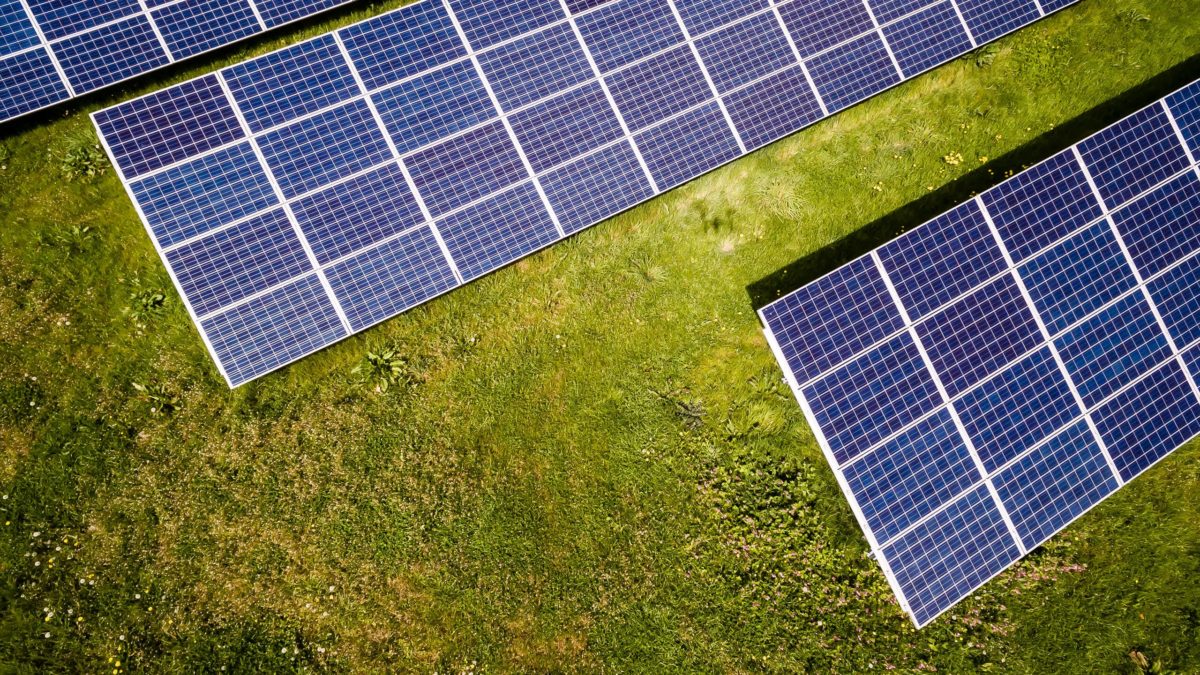
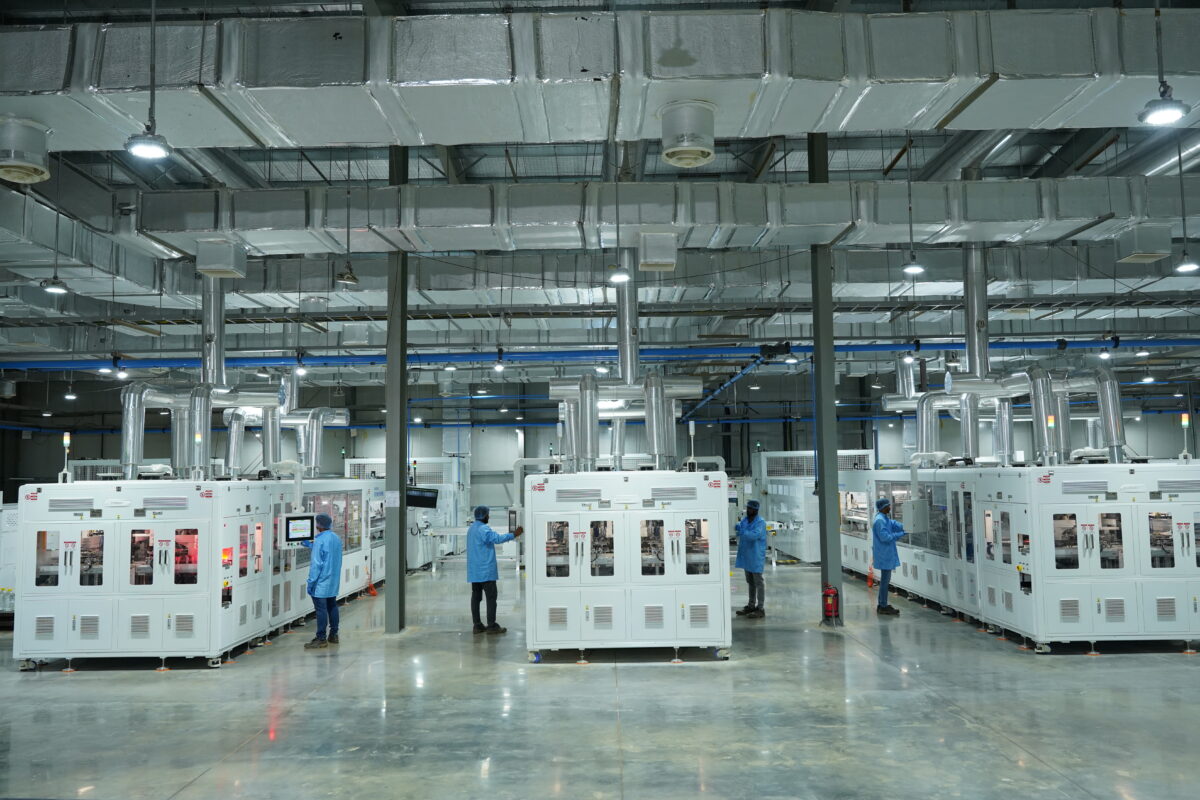


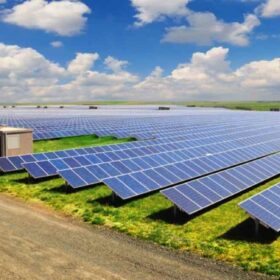

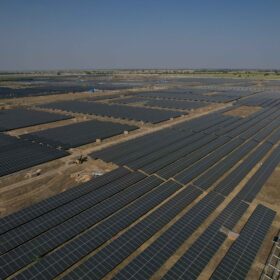
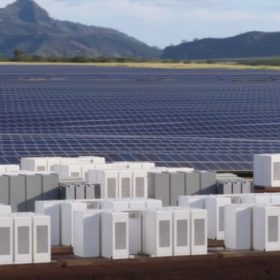

The MAIN REASON we are swiching to Solar Energy is because it is POLLUTION FREE, SUSTAINABLE, DISTRIBUTED and THE ENERGY SOURCE HAS BEEN THERE LONG BEFORE THE BIRTH OF EARTH.. AKA… RELIABLE…
Cost is for those myopic “Bean Counters” who weigh MONEY/COST AGAINST IRREPLACEBLE HUMAN LIFE AND SUFFERING….
I strongly feel Solar Power should NEVER be compared with the Killing Fields of Polluters on Cost at ALL….